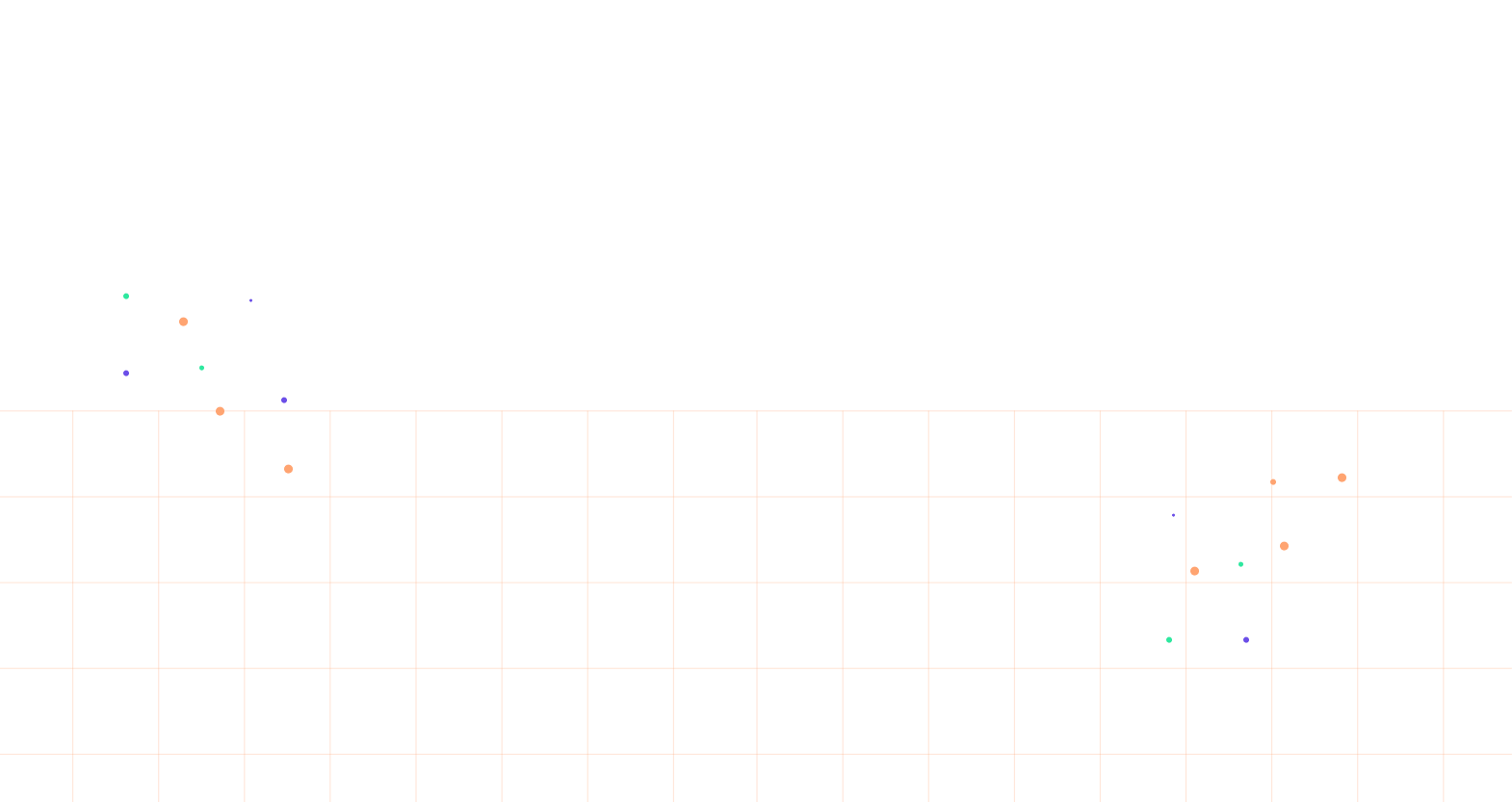💰 Refer us a customer, Earn $2,000 💰
use this prompt when:
- You’re launching a new product or entering a new market segment and need to understand your ideal customer
- Your marketing campaigns aren’t resonating with your target audience or driving expected conversions
- You need to align your product development, content strategy, and sales approach with customer needs
- You’re experiencing high customer acquisition costs and need to improve targeting efficiency
- You want to humanize your customer data and create more empathetic marketing communications
The prompt
Create a detailed buyer persona for <business name> targeting the <market segment> in the <industry>. Include demographic profile (age, gender, income, education, location), psychographic characteristics (values, interests, lifestyles, attitudes), behavioral patterns (purchasing habits, brand preferences, channel usage), goals and aspirations, pain points and challenges, decision-making process, information sources, and objections to purchasing <product/service>. Name this persona and create a day-in-the-life narrative that illustrates how our <product/service> solves their specific problem of <specific problem>.
How to customize

Variables
Description
Variables
business nameDescription
Enter your company, brand, or product name to create a persona specifically aligned with your offering.Variables
market segmentDescription
Define the specific customer segment you're targeting (e.g., millennial parents, health-conscious professionals, luxury homeowners).Variables
industryDescription
Specify the broader industry category (e.g., sustainable fashion, organic food, premium home goods).Variables
product/serviceDescription
Describe your specific offering that you want to position for this persona.Variables
specific problemDescription
Identify the key challenge or pain point your product/service addresses for this persona.Example Output
Buyer Persona: Conscious Cathy
Demographic Profile
- Age: 28-35
- Gender: Female
- Income: $75,000-$110,000 annually
- Education: Bachelor’s degree or higher, often in fields like marketing, communications, or environmental sciences
- Location: Urban and suburban areas in major coastal cities (San Francisco, Portland, New York, Boston)
- Family Status: Single or married, may have 1-2 young children
Psychographic Profile
- Values: Environmental sustainability, social responsibility, authenticity, wellness, quality over quantity
- Interests: Yoga, hiking, farmers markets, plant-based cooking, minimalism, sustainable living blogs, podcasts on wellness and environmental topics
- Lifestyle: Active, health-conscious, socially aware, digitally connected but practices occasional digital detoxes
- Attitudes: Skeptical of big corporations, researches brands thoroughly, willing to pay premium for ethical products, values transparency
Behavioral Patterns
- Purchasing Habits: Researches extensively before purchasing, prefers brands with clear sustainability credentials, spends more on fewer high-quality items
- Brand Preferences: Gravitates toward B-Corp certified brands, smaller companies with authentic stories, brands with visible sustainability practices
- Channel Usage: Instagram and Pinterest for inspiration, relies on product reviews and sustainability ratings, follows eco-conscious influencers, uses shopping apps that rate brand ethics
Goals & Aspirations
- Build a wardrobe of versatile, sustainable pieces that will last for years
- Reduce her environmental footprint without sacrificing style or comfort
- Support companies that align with her values and make positive impacts
- Influence friends and family to make more conscious consumption choices
- Feel confident that her purchasing decisions reflect her personal ethics
Pain Points & Challenges
- Struggles to find sustainable clothing options that are also stylish and on-trend
- Experiences “greenwashing fatigue” — difficulty distinguishing genuinely sustainable brands
- Balancing budget constraints with desire for ethically-produced items
- Limited time to research every purchase thoroughly
- Finding sustainable options that work for multiple occasions and seasons
Decision-Making Process
- Identifies need for new item, often triggered by wear-and-tear of existing items
- Consults sustainable fashion blogs and apps for recommendations
- Researches brand credentials and manufacturing practices
- Reads customer reviews focusing on quality and durability
- Visits store or website to examine materials and construction
- Considers versatility and cost-per-wear before purchasing
- Often leaves items in cart for days while finalizing decision
Information Sources
- Sustainability rating apps like Good On You
- Eco-conscious fashion influencers on Instagram
- Podcasts about sustainable living
- Brand transparency reports and material sourcing information
- Online communities focused on minimalism and ethical consumption
Objections to Purchasing
- “Is this really sustainable or just marketing?”
- “Can I justify the higher price point?”
- “Will this item last long enough to justify the environmental impact of production?”
- “Is the company transparent about their labor practices?”
- “Is the style timeless enough to wear for several years?”
A Day in Cathy’s Life
6:00 AM: Cathy wakes up, checks her weather app, and selects an outfit for the day. She’s frustrated that her favorite work blouse is showing signs of wear after just a few months, despite its “sustainable” marketing claims. This will be the third top she’s had to replace this year, and she’s concerned about the environmental impact of her clothing consumption.
8:30 AM: During her train commute, Cathy scrolls through Instagram and notices an ad for EverWear’s capsule collection. The clean aesthetic catches her eye, but she’s skeptical about another brand claiming sustainability. She clicks through to check their transparency report but doesn’t have time to fully research before reaching her stop.
12:30 PM: During lunch with a coworker, Cathy mentions her frustration with finding truly sustainable clothing that lasts. Her colleague recommends EverWear, mentioning she’s had pieces from them for years that still look new. Cathy makes a mental note to look into the brand more thoroughly.
5:45 PM: Back home, Cathy decides to properly research EverWear. She’s impressed by their detailed material sourcing information, factory conditions reporting, and lifetime repair guarantee. The 5-year warranty particularly stands out as evidence of quality and durability. She reads customer reviews highlighting how well the pieces have lasted through regular wear and washing.
7:30 PM: Cathy returns to EverWear’s website and spends time exploring their capsule collection. She appreciates the clear information about each garment’s environmental impact and the washing instructions designed to extend garment life. The versatility of the pieces appeals to her minimalist approach to fashion.
9:15 PM: After considering her budget and calculating the cost-per-wear based on the durability claims, Cathy decides to purchase an EverWear blouse. The premium price is justified by the quality materials, ethical production practices, and the fact that it should replace multiple cheaper items she would otherwise buy and discard.
10:30 PM: Before bed, Cathy feels satisfied with her purchase decision. For once, she doesn’t experience the usual post-purchase guilt about environmental impact. Instead, she feels aligned with her values knowing her new blouse is designed to last for years, reducing her overall consumption and waste while supporting a truly sustainable business model.
Pro tips

- Don’t skip the day-in-the-life narrative – it’s crucial for humanizing data and revealing how your product integrates into your customer’s reality
- Include direct quotes or language your persona might use when discussing their problems and your solutions
- Revisit and refine your personas quarterly as you gather more customer feedback and behavioral data
- Create visual representations of your personas to share across teams, ensuring consistent understanding of who you’re serving

Have Feedback?
Leave your feedback for how the prompt works for you and how it could be improved.

